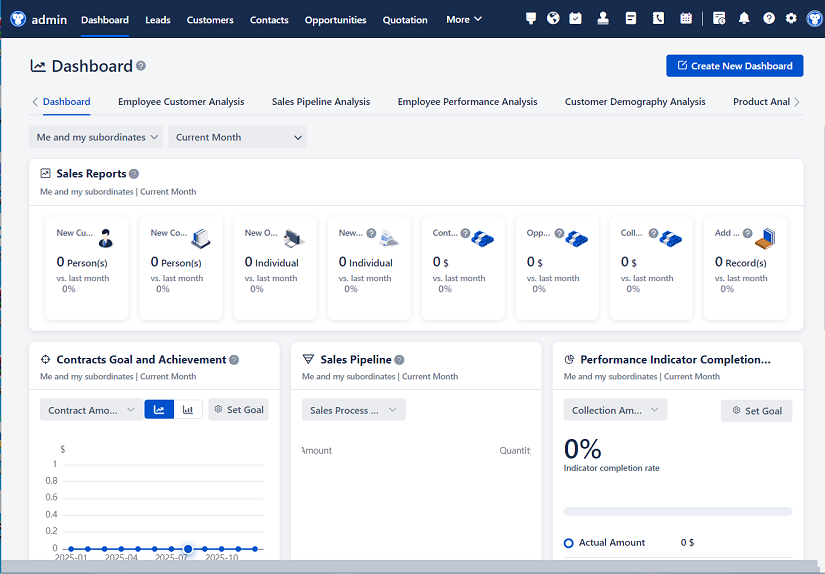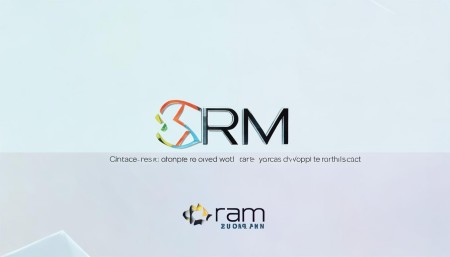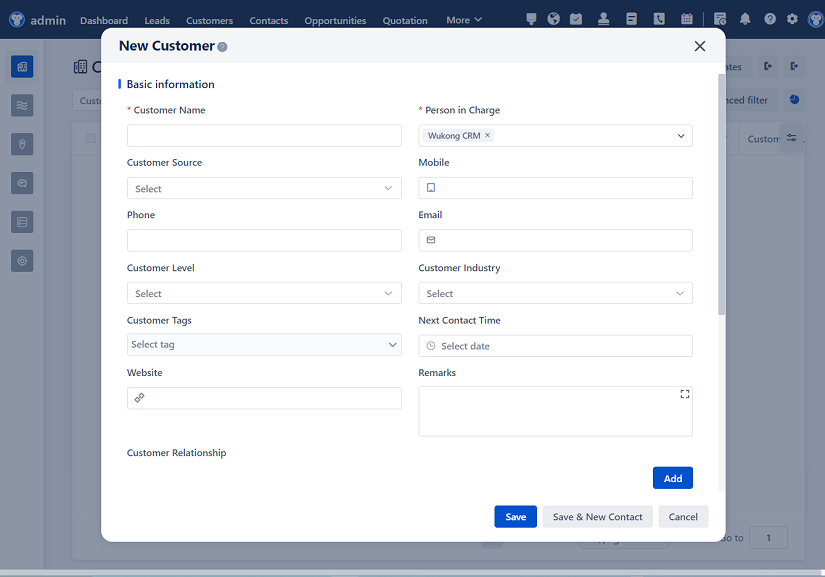
△Click on the top right corner to try Wukong CRM for free
Hey there! So, you're looking to dive into the world of CRM, or Customer Relationship Management, huh? Well, you've come to the right place. Let me walk you through what a CRM PPT might look like and why it's so important for businesses these days.
First things first, when I think about CRM, I always start with the basics. It’s all about managing your interactions with customers and potential customers. You know, making sure that every touchpoint is as smooth and beneficial as possible. It’s not just about selling; it’s about building relationships. And in today’s fast-paced world, where everyone is connected 24/7, having a solid CRM strategy can make or break your business.

Now, let’s talk about the structure of a CRM PPT. The first slide, of course, is the title slide. You want to keep it simple and clean. Just the name of your presentation, maybe a catchy subtitle, and your company logo. Nothing too fancy, but it should grab attention. Think of it as the cover of a book – it needs to make people want to turn the page.

The next slide, I’d go with an introduction. Here, you want to set the stage. Explain what CRM is, why it’s important, and what you hope to achieve with this presentation. Keep it conversational, like you’re talking to a friend. You might say something like, "CRM is all about understanding our customers better, so we can serve them better. It’s about turning one-time buyers into loyal fans."
Then, you’ll want to dive into the benefits of CRM. This is where you really sell the idea. Talk about how CRM helps you track customer interactions, manage leads, and improve sales. Mention how it can help you personalize your marketing efforts, which, let’s be honest, is a big deal. People love feeling special, and CRM can help you do that. You could say, "With CRM, we can see what our customers are interested in, and then tailor our offers to match their needs. It’s like giving each customer their own personal shopping assistant."
Next up, you’ll want to talk about the different types of CRM. There are three main categories: operational, analytical, and collaborative. Operational CRM is all about automating and streamlining processes, like sales, marketing, and customer service. Analytical CRM is more about data analysis and insights, helping you understand your customers better. And collaborative CRM is about sharing information across different departments, so everyone is on the same page. You might explain it like this: "Operational CRM is like the engine that keeps everything running smoothly. Analytical CRM is the brain, helping us make smart decisions. And collaborative CRM is the heart, keeping everyone connected and working together."
After that, you’ll want to get into the nitty-gritty of how to choose the right CRM system. This is where you talk about the key features to look for, like ease of use, integration with other tools, and scalability. You might say, "When choosing a CRM, think about what you need now and what you might need in the future. It’s like buying a car – you want something that fits your current needs but also has room to grow."
Then, you can move on to some real-world examples. Show how other companies have successfully implemented CRM and the results they’ve seen. Maybe throw in a case study or two. This is where you can really bring the concept to life. You might say, "Take a look at Company X. They used CRM to streamline their sales process, and as a result, they saw a 30% increase in sales. That’s pretty impressive, right?"
Of course, no presentation is complete without a bit of a demo. If you can, show off some of the features of the CRM system you’re using or recommending. Walk through how to add a new contact, how to track a lead, and how to generate a report. Make it interactive if you can. You might say, "Let me show you how easy it is to add a new contact. See, it’s just a few clicks, and boom, you’re done. No more manual entry, no more lost notes. Everything is right here, in one place."
Finally, wrap it all up with a conclusion. Summarize the key points, reiterate the importance of CRM, and leave them with a call to action. You might say, "So, that’s CRM in a nutshell. It’s about building better relationships, making smarter decisions, and growing your business. If you’re ready to take the next step, let’s talk about how we can get started."
And there you have it! A CRM PPT that’s informative, engaging, and, most importantly, human. Remember, the goal is to connect with your audience, not just to present information. So, keep it conversational, keep it real, and you’ll be golden.
Alright, now that we’ve covered the PPT, let’s dive into some Q&A. I’m sure you’ve got some questions, and I’m here to answer them.
Q: What’s the biggest benefit of using a CRM system? A: The biggest benefit, in my opinion, is the ability to build stronger, more personalized relationships with your customers. When you know what your customers like, what they need, and what they’re looking for, you can offer them exactly what they want. It’s like having a superpower in the world of business.
Q: How do I know if a CRM system is right for my business? A: Great question! It really depends on your specific needs. If you’re struggling to keep track of customer interactions, if you’re losing leads, or if you just want to improve your overall customer experience, then a CRM system could be a game-changer. Take a look at your current processes and see where you could use some help. If you find yourself saying, "I wish I had a better way to do this," then a CRM might be the solution.

Q: Can a CRM system really help with sales? A: Absolutely! A good CRM system can help you manage your sales pipeline, track leads, and even predict future sales. It’s like having a crystal ball, but instead of predicting the future, it’s helping you make informed decisions based on real data. Plus, it can automate a lot of the tedious tasks, so your sales team can focus on what they do best – closing deals.
Q: Is it hard to implement a CRM system? A: It can be, but it doesn’t have to be. The key is to choose a CRM that fits your needs and to have a clear plan for implementation. Start small, maybe with one department, and then scale up as you get more comfortable. And don’t forget to train your team. The more they understand the system, the more they’ll use it, and the more value you’ll get out of it.
Q: How do I measure the success of a CRM system? A: Good question! There are a few key metrics you can look at, like customer satisfaction, sales growth, and lead conversion rates. But the best way to measure success is to set specific goals before you start. For example, you might aim to increase your customer retention rate by 10% or reduce your sales cycle by 20%. Then, track your progress and adjust as needed. It’s all about continuous improvement.

Well, I hope that helps! If you have any more questions, feel free to ask. CRM is a powerful tool, and I’m excited to see how it can help your business grow.
Related links:
Free trial of CRM
Understand CRM system
AI CRM Systems

△Click on the top right corner to try Wukong CRM for free